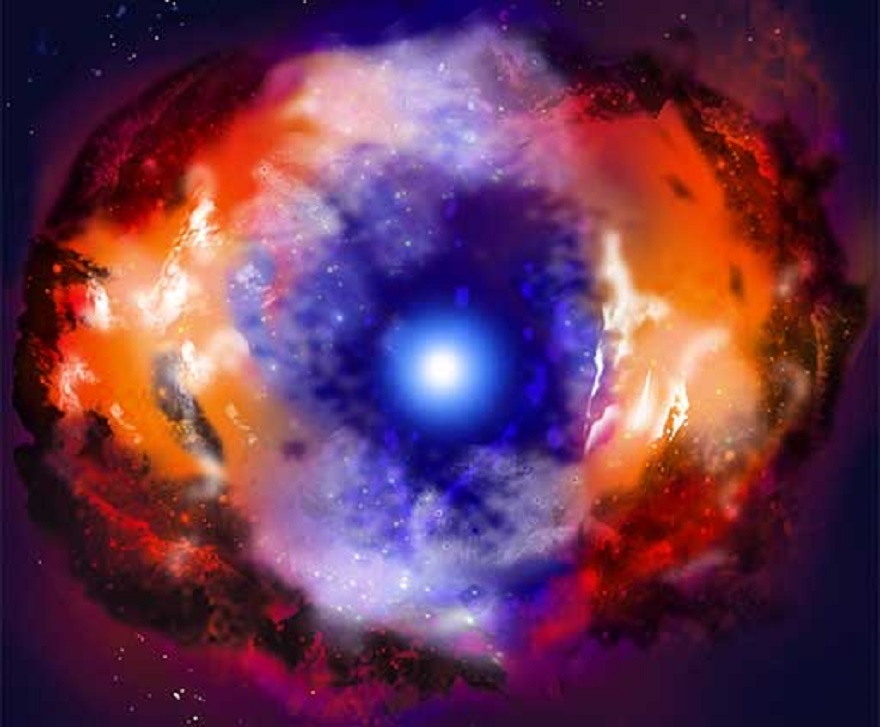A recently deceased star as a result of a supernova explosion has been active for some time. There were brief, but very bright flares. Scientists suspected that they were caused by the interaction of the black hole with the environment.

Strange behaviour of a dead star
Once upon a time, a supernova flared up in a galaxy 1 billion light-years away from us. Usually, such events are considered the death of a star as a bright light source. A black hole or neutron star is usually not capable of generating enough light for us to notice them at a great distance. However, in 2022, images of the place where the remains of the luminary were located showed an extremely bright flare.
The scientists who noticed this were surprised, but not really. After all, the more thoroughly they study the Universe, the more they find various transients — short-term events that last only months, days, or even hours.
However, in the case of the event, which received the designation AT2022tsd and the nickname “Tasmanian devil”, it was about increasing brightness, passing the peak and fading only for a few minutes. The power at the same time was quite commensurate with the explosion of a supernova.
What causes flares
In general, scientists have already found phenomena very similar to what they saw in recent years. We are talking about fast blue optical transients (LFBOT). They are also called “cows” after the nickname of the first flare detected in 2018.
The problem is that in the case of AT2022tsd, the flares were repeated over and over again. They were irregular, but quite frequent. In order to verify their data, the scientists asked to join the observations of their colleagues. In total, more than a dozen telescopes were involved, which observed a section of the sky for several months.
The results of these studies are presented in an article published in November 2023. In total, during the 120-day observation period, astronomers recorded 14 bright flares. At the same time, they were sure that some of them could have been missed.
Obviously, the “corpse of a star” is actually not quite dead. And scientists even have ideas about what processes can cause flares. Obviously, these are the remnants of the shell of the luminary falling on a black hole or a neutron star. And it accelerates them and turns them into rays that scatter in all directions, including in the direction of the Milky Way.
According to phys.org
Follow us on Twitter to get the most interesting space news in time
https://twitter.com/ust_magazine
